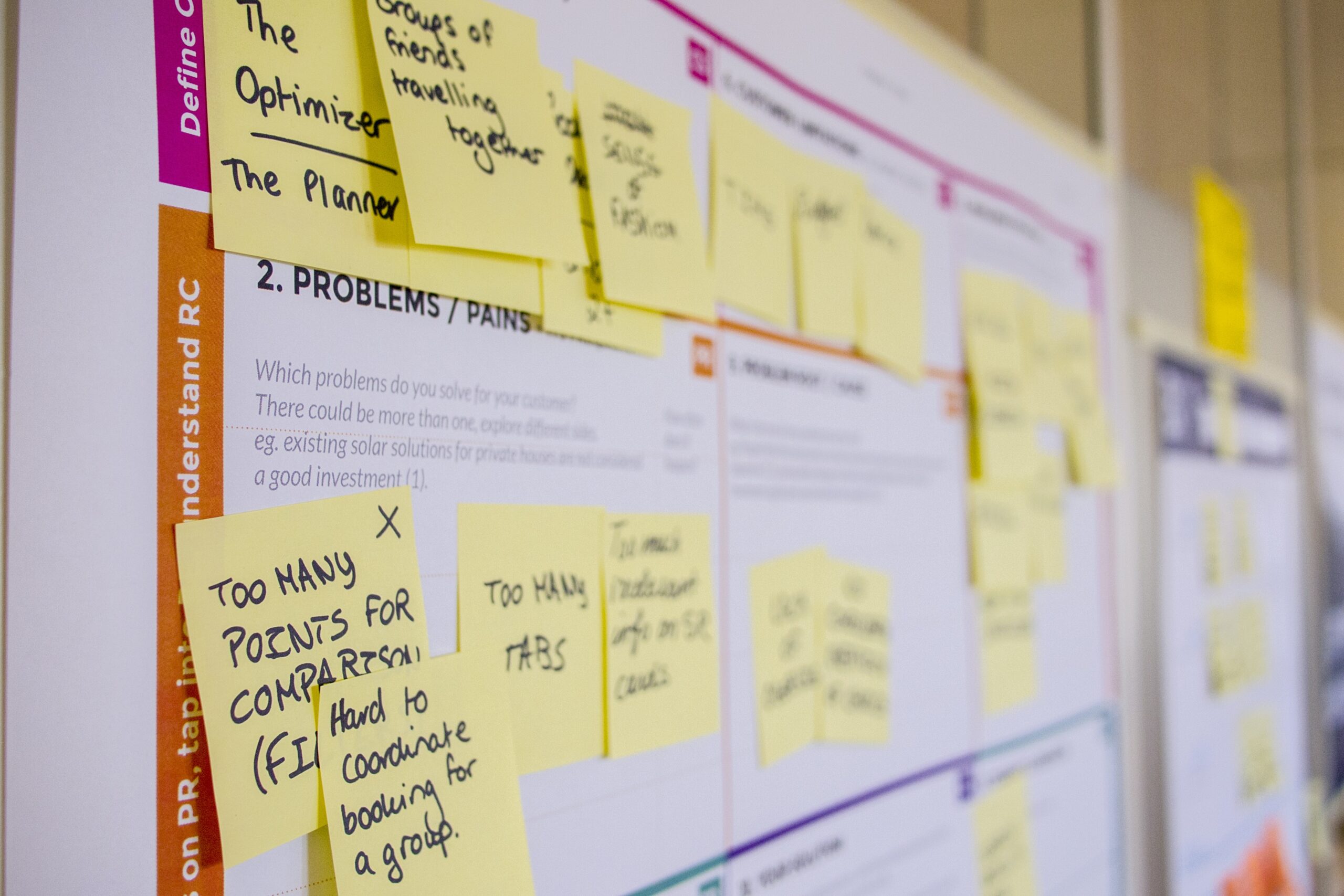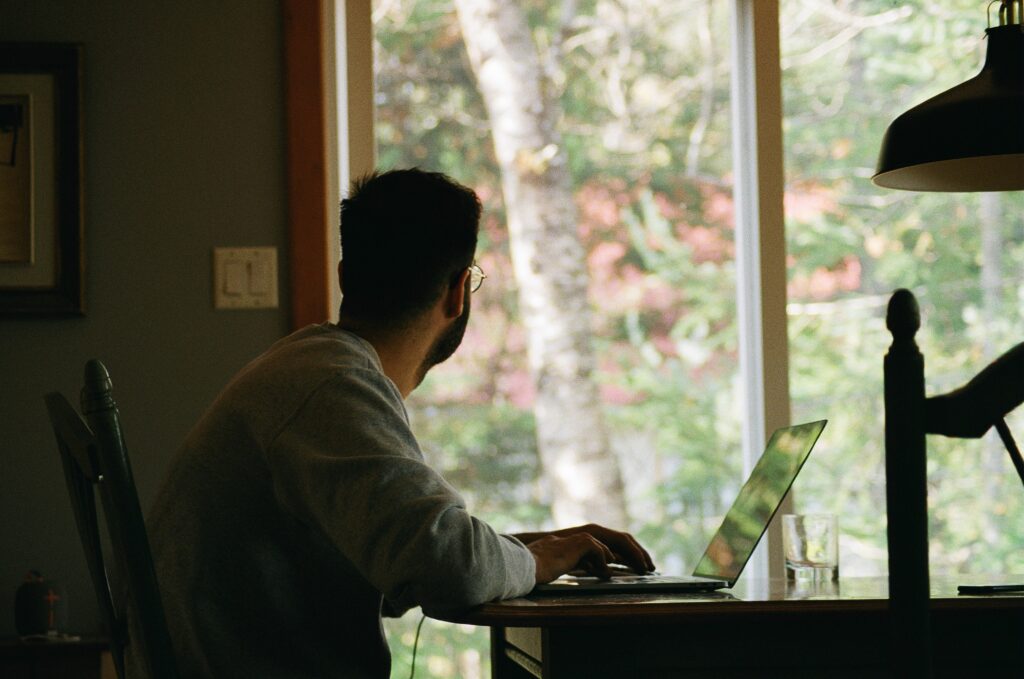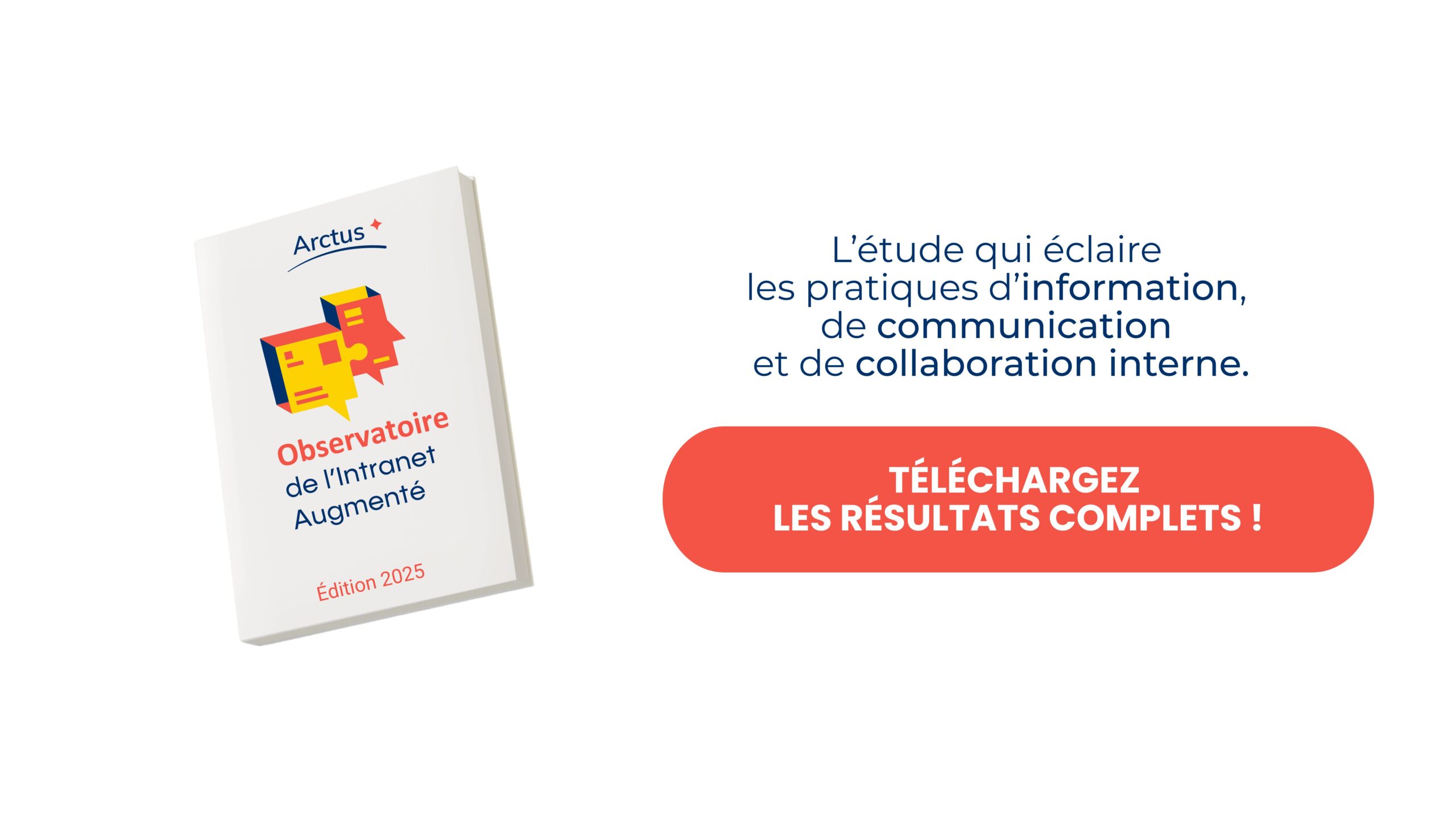- Ideas
INFOBESITY: HOW TO GET OUT OF IT?

28 July 2022

Nearly half of French employees believe that the number of information sources - messaging, social networks, Intranet, shared files, etc. - consulted every day has increased over the past five years.
This massive arrival of collaborative tools in companies has one virtue: the reduction in the number of emails received each day. But information overload hasn't said its last word… even less during the current period! So how do you get out of it?
THE HARMS OF INFOBESITY
Infobesity is the overload of information received on our communication media such as email, social networks, collaborative tools, etc. At a time of hyperconnection and the famous FOMO (Fear of Missing Out, the fear of missing something), it's hard to resist the urge to take a look at all our tools and applications! Yes, but here it is: the practice of “ multitasking ” (or even “task-switching”) – the fact of participating in a meeting, while finishing a deliverable and responding to a request in the chat – impacts productivity. Neuroscience Shows Relentless Interruptions and Alternating Tasks Cause Cognitive Overload among employees and consequently difficulties of concentration and memorization.
And teleworking (deployed massively during the health crisis) does not improve this phenomenon. No more conversations at the coffee machine, hello messages on the chat 'and distance meetings at all costs! As illustrated by the OpenText study carried out in April-May 2020, 24% of respondents say they are stressed by “information overload”. Some 14% feel overwhelmed with too many sources and apps to check every day.
Telecommuting or not, what are the steps to take to limit this information overload?

ADOPT THE RIGHT GESTURES TO RECEIVE ONLY THE ESSENTIALS
Beyond the regular sorting to be done in your email box – unsubscribing from newsletters or advertisements that you never take the time to open or read – it is also possible to act on the notifications from the intranet and collaborative tools.
Some solutions offer content type subscription features. The goal? Allow users to subscribe to the information they don't want to miss, i.e. the most relevant and useful content for daily work, and do their own curation.
Collaborative tools also allow the configuration of notifications. Choosing how you want to be notified (by email and/or only on the platform) and the frequency of notification is a way to regulate the sources of interruption. Finally, some tools allow you to configure notifications for the spaces, teams or channels you are part of: another way to mute those that do not require immediate attention.
ALLOW YOURSELF TIME TO CONCENTRATE WITHOUT SOLICITATION
Because the demands (professional or personal) are going well during the day, it is sometimes necessary to take the lead and take the “break” time necessary for concentration .
Disconnecting from certain applications (instant messaging, etc.), during meetings or time dedicated to concentration is also a way of limiting the sources of interruption.
Nevertheless, whether you are in the office or teleworking, appearing “offline” during working time is not always well received. A number of collaborative tools therefore incorporate features that allow you to not receive notifications for a given time . An example of this is the “Do Not Disturb” status made available by Microsoft Teams. Other tools, such as Google Meet, allow you to block notifications for a certain period of time.
For followers of procrastination, certain tools make it easier to concentrate. The Pomodoro technique , for example, consists of concentrating on completing a specific task for a given time.
Organizing meetings without computers or smartphones, especially during creativity workshops, can be an interesting idea to ensure the attention of participants (subject to proposing a dynamic and engaging animation!).
LIMITING INFORMATION OVERLOAD, ABOVE ALL A COLLECTIVE MATTER!
Individual initiatives and techniques make it possible to regulate the number of notifications over a more or less short time. However, their effects remain limited. The fight against infobesity must above all be carried out collectively and at the highest level . To be effective, it must be an integral part of a cultural change in the team or even the organization.
If the Labor law, which came into force in 2017 , and the right to disconnect have allowed progress in companies, a margin of progress is still to be considered, especially since no one had anticipated the Covid-19 crisis. 19 and the planetary confinement of 2020. What happens when the number of collaborative tools explodes? When working hours get blurry? The current period reminds us that companies must go further.
How ? On the one hand, by co-constructing, on an organizational scale, the communication practices of tomorrow: What are the expectations of management and employees? Which tool for which use? What is the response time? What rules are associated with disconnection? Which limits to respect?
By leading, on the other hand, a reflection to redefine the company's internal digital system and optimize the number of tools and the associated uses.
Finally, limiting infobesity also requires support for change for managers , some of whom are discovering remote management (training in the use of collaborative tools, new management methods, etc.) and all employees for an adequate appropriation of uses.
Whether the sustainability of telework progresses or not, there is no doubt that this attention crisis deserves all the attention of stakeholders in organizations!

Founder of Arctus, Partner
Founder and director of Arctus, Isabelle is also an author and speaker. Since 2007, she has shared her perspective and sheds light on the internal transformations that organizations are going through through studies and observatories such as the Hybrid Work and Digital Management Observatory, the Intranet & Digital Working Observatory or the creativity. She is also an administrator and an active member of AFCI, the French Association of Internal Communication Professionals.


